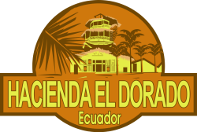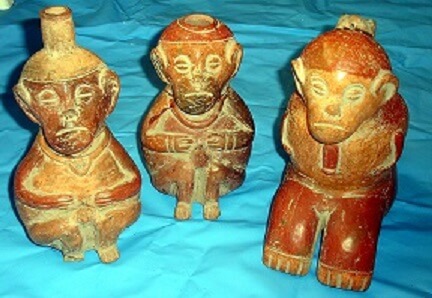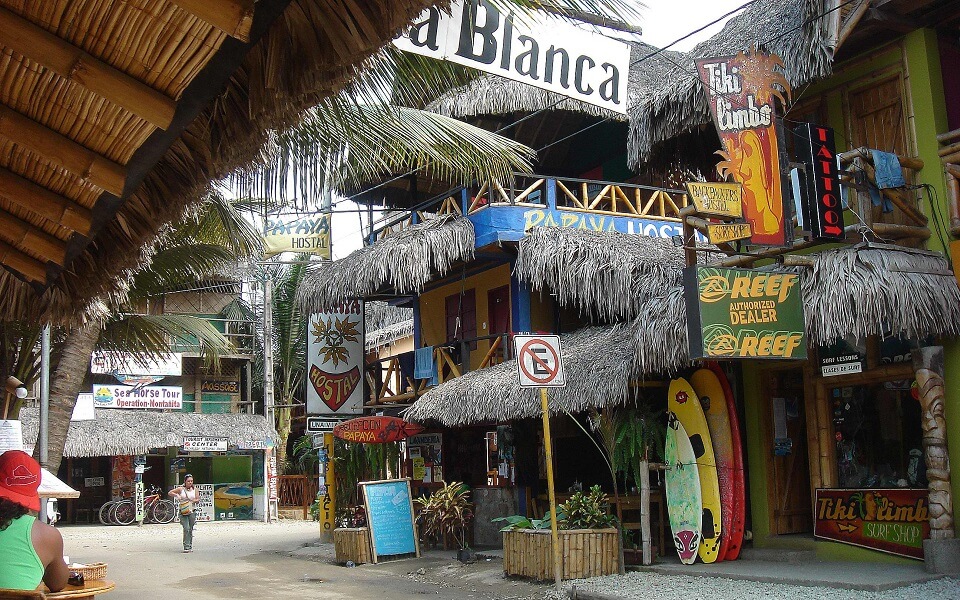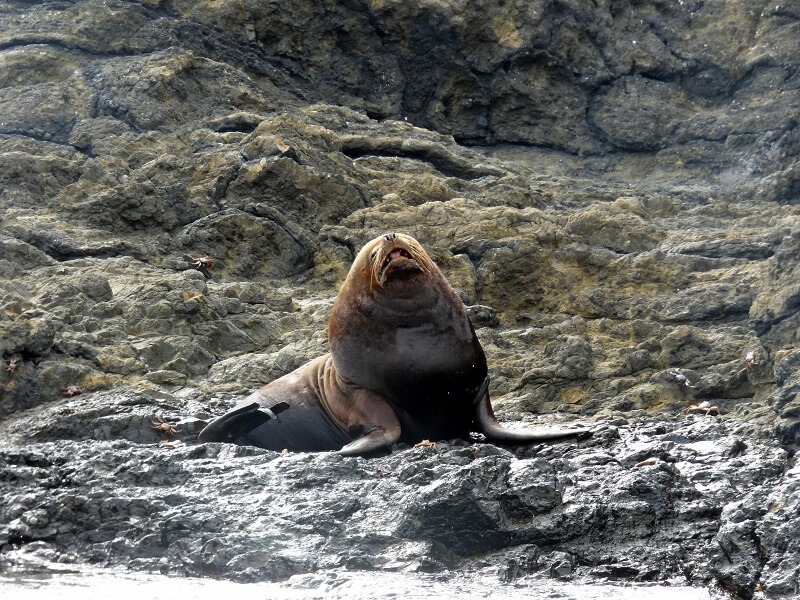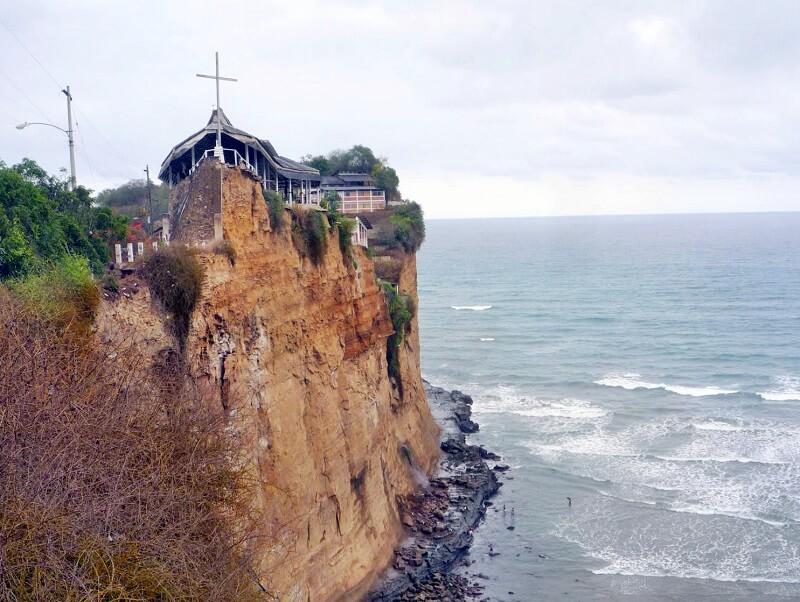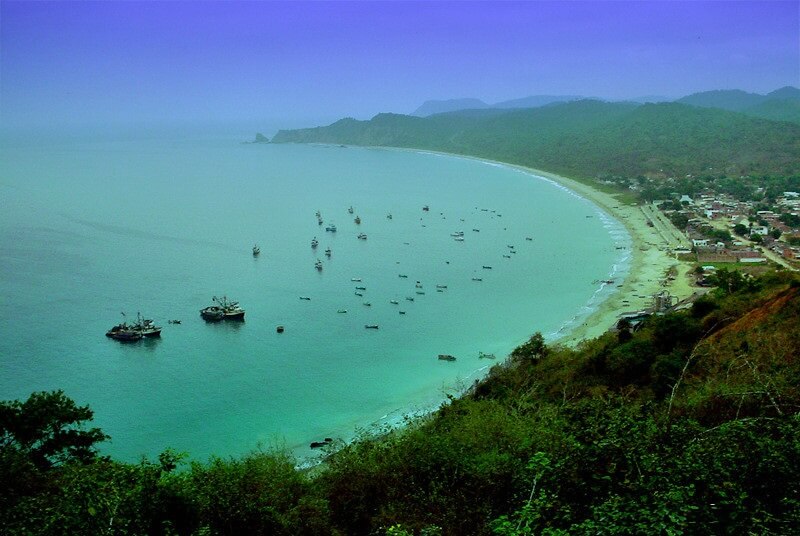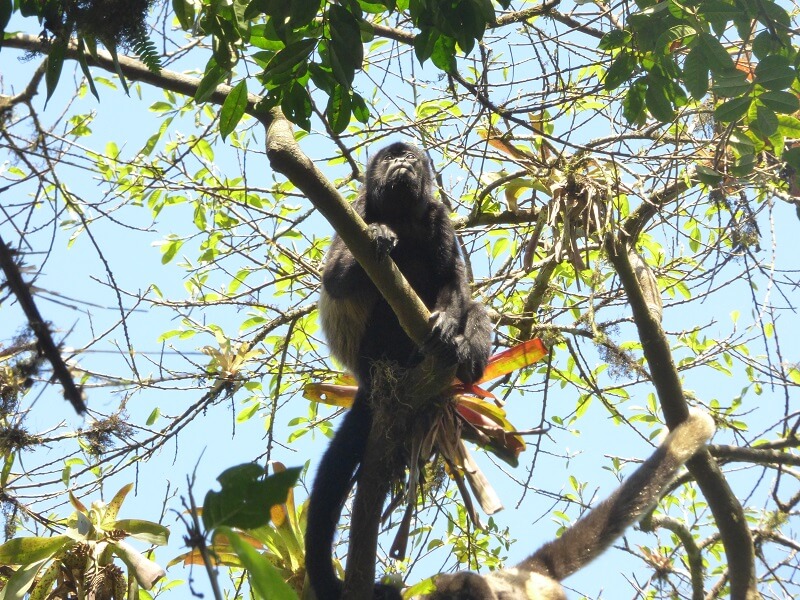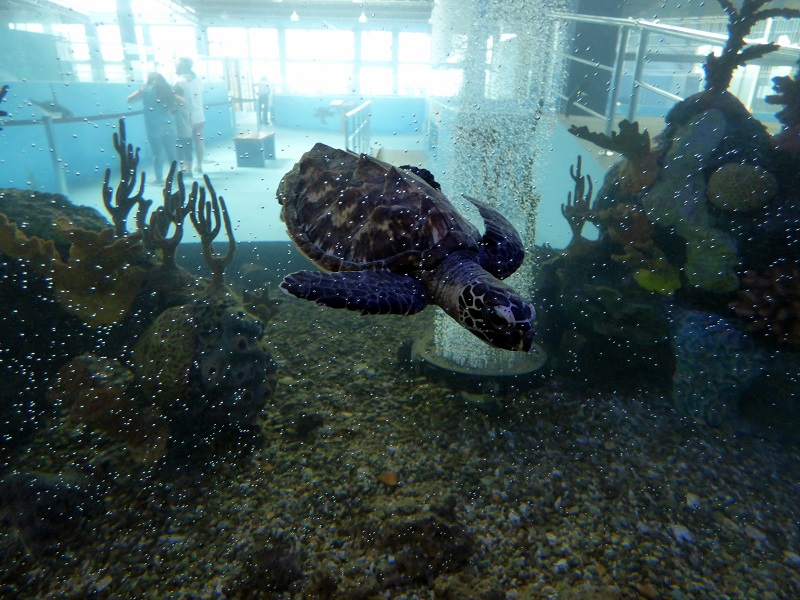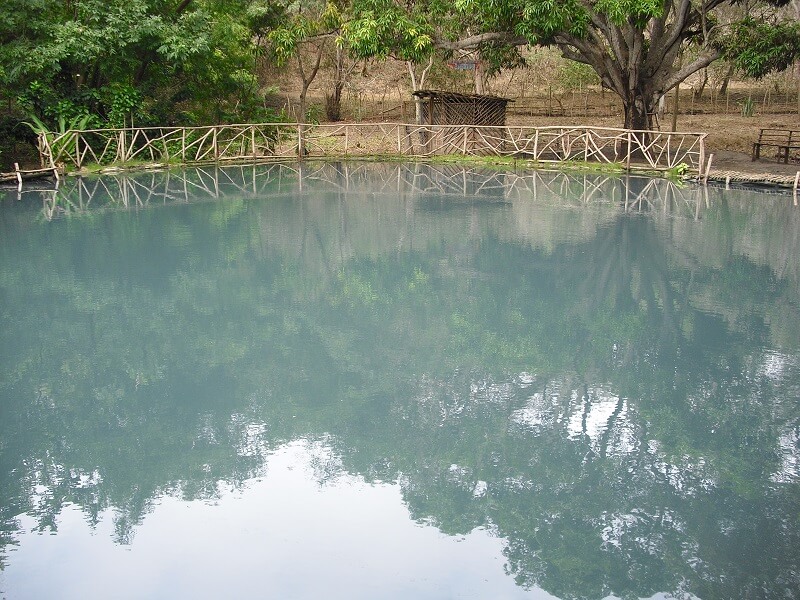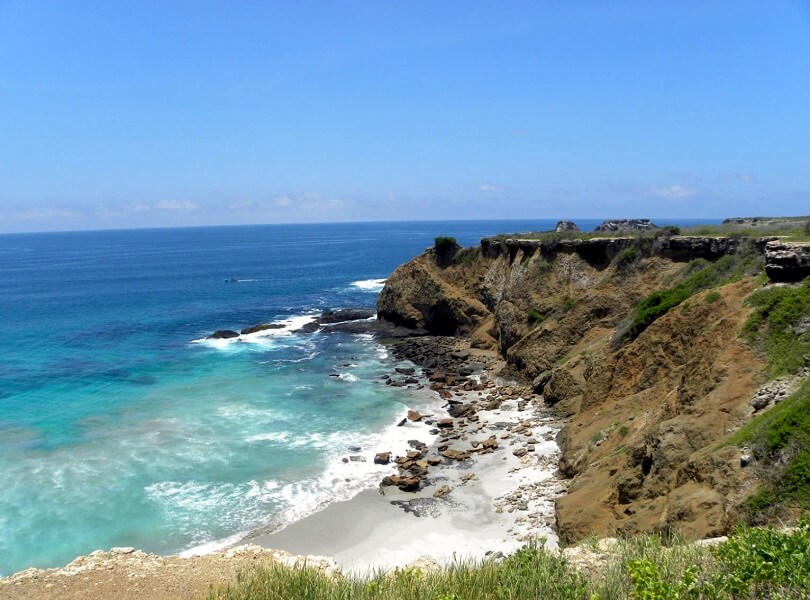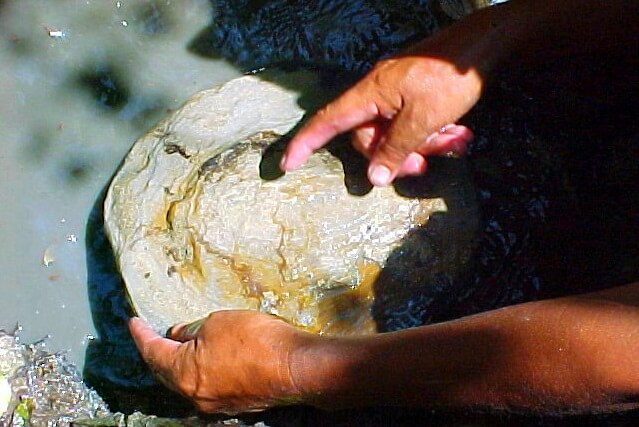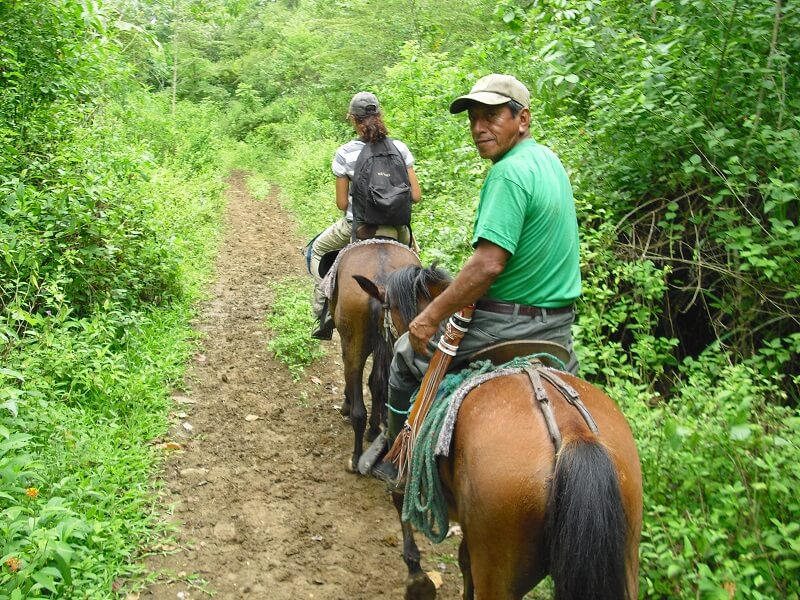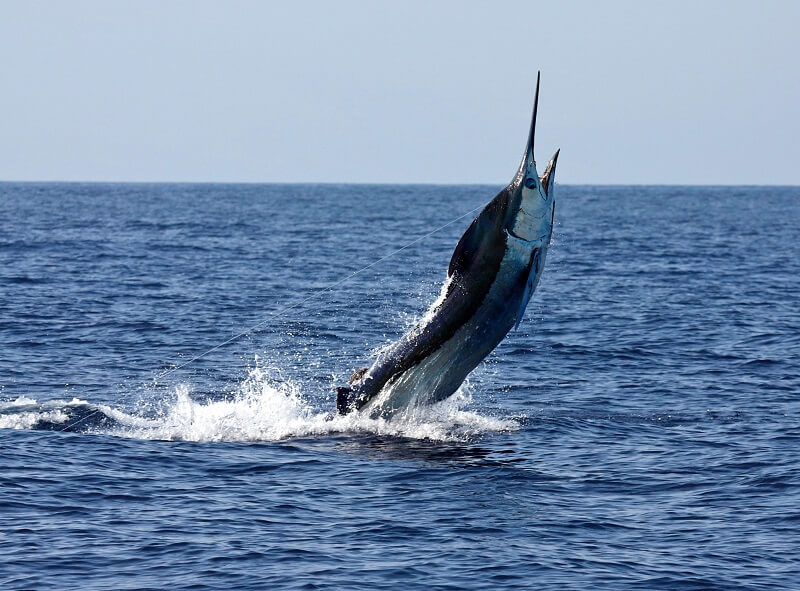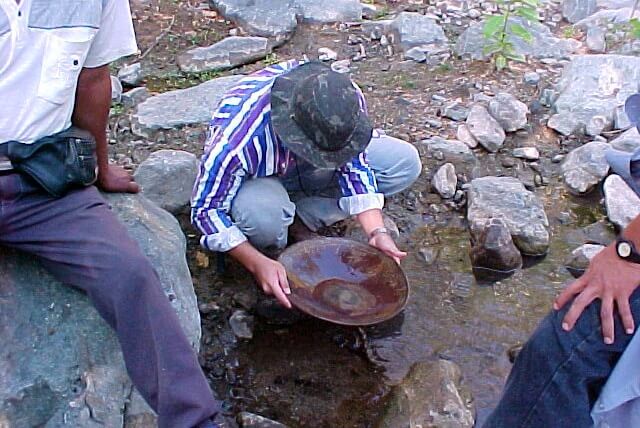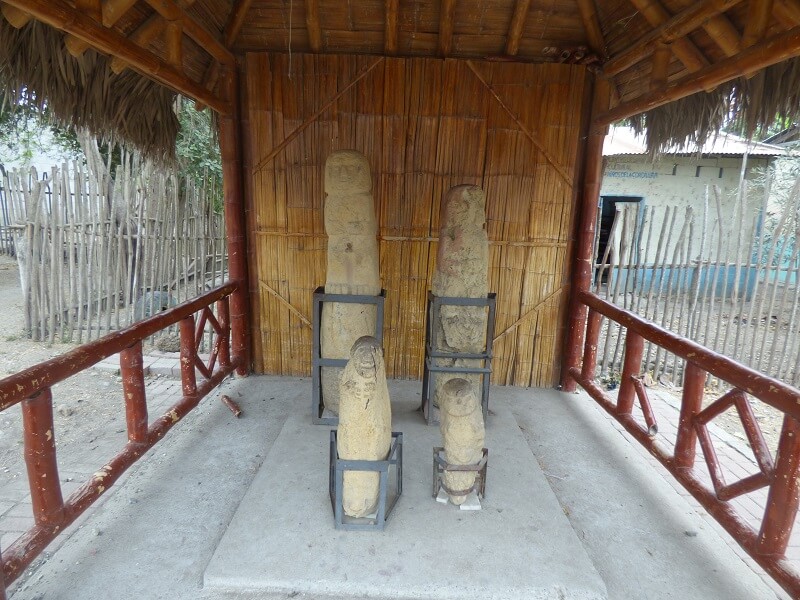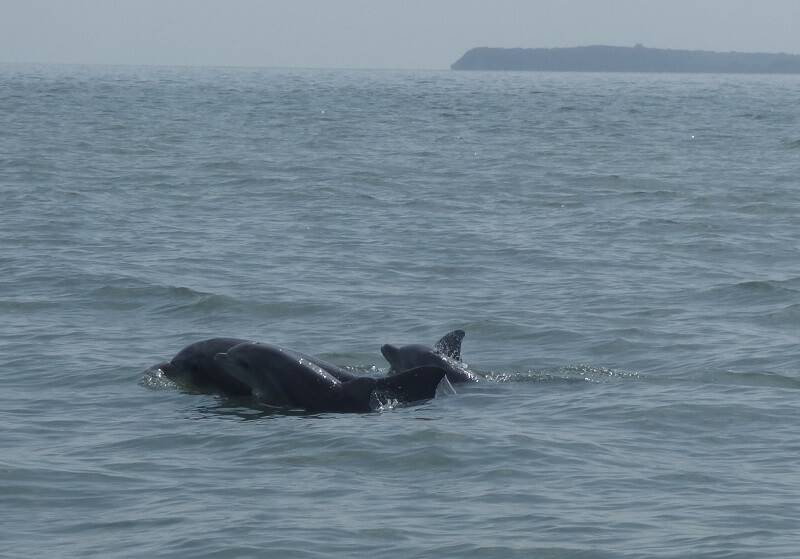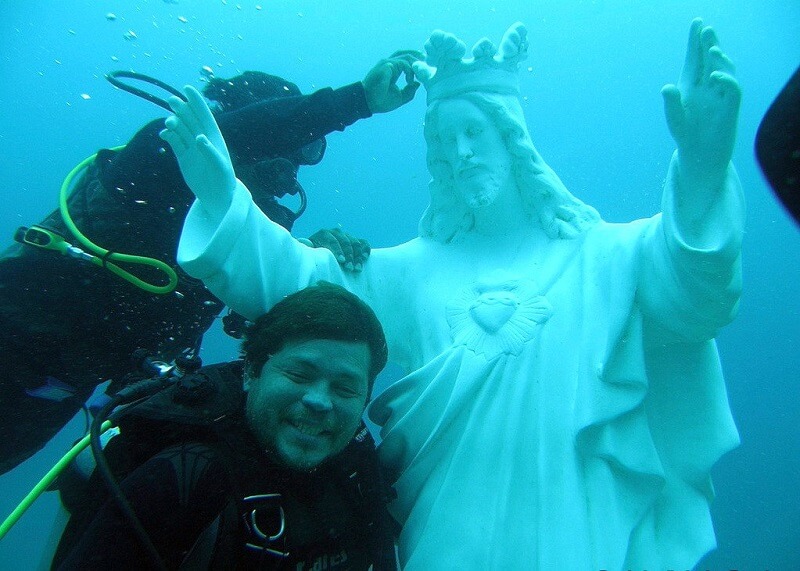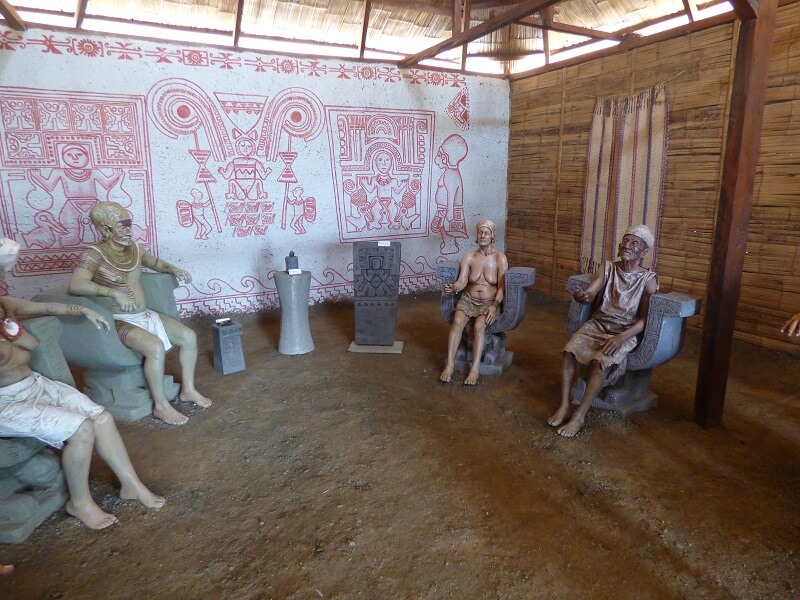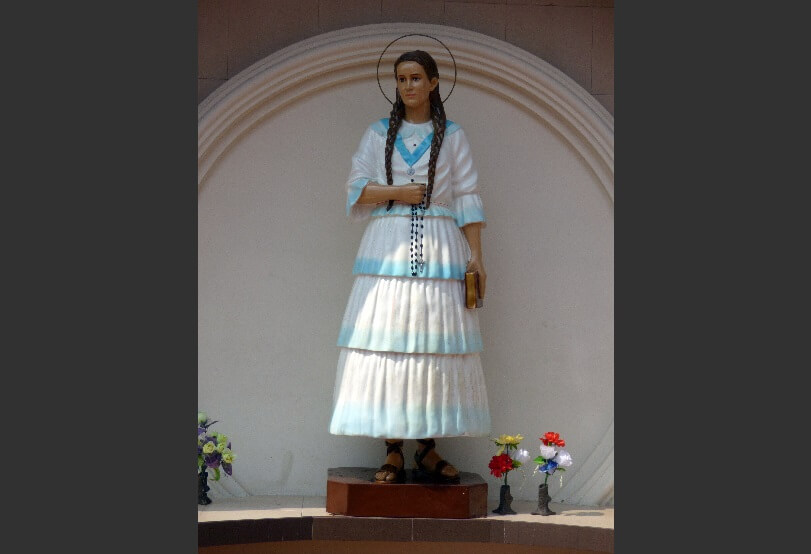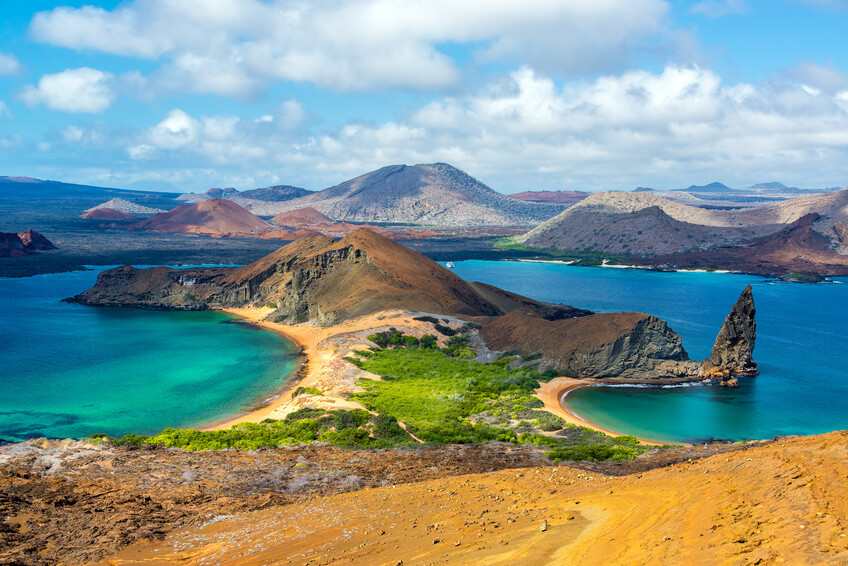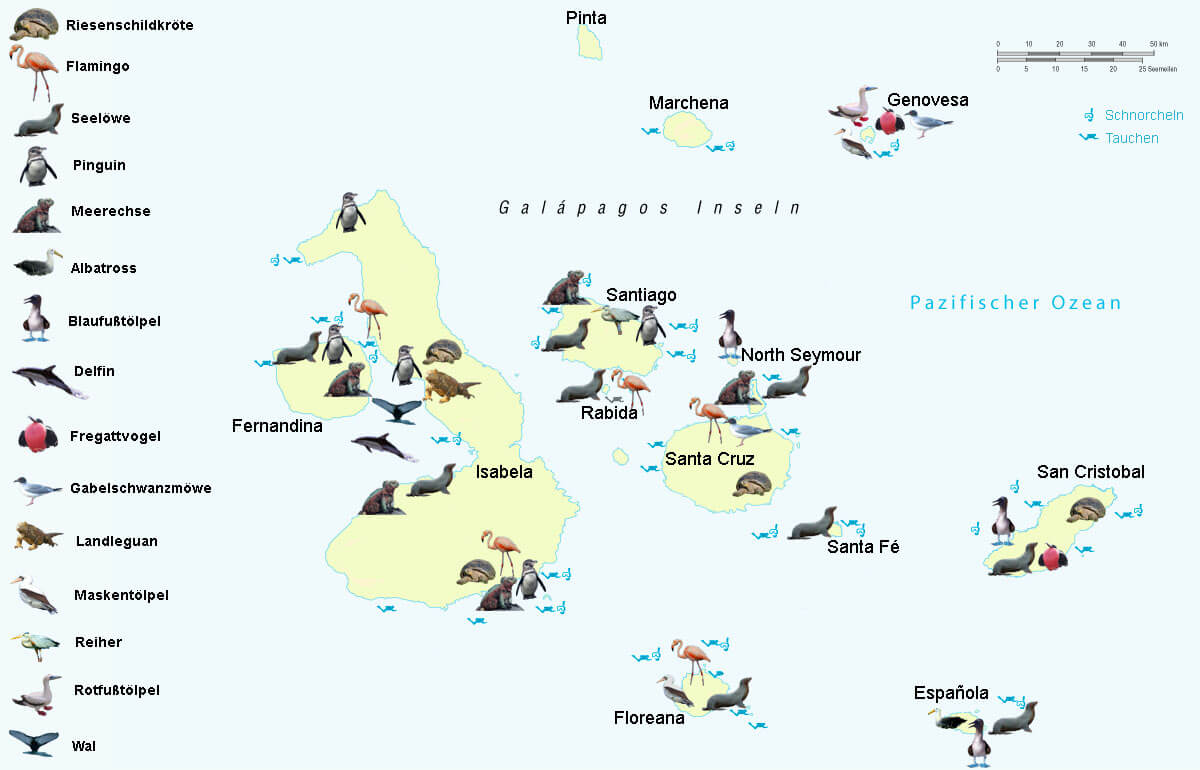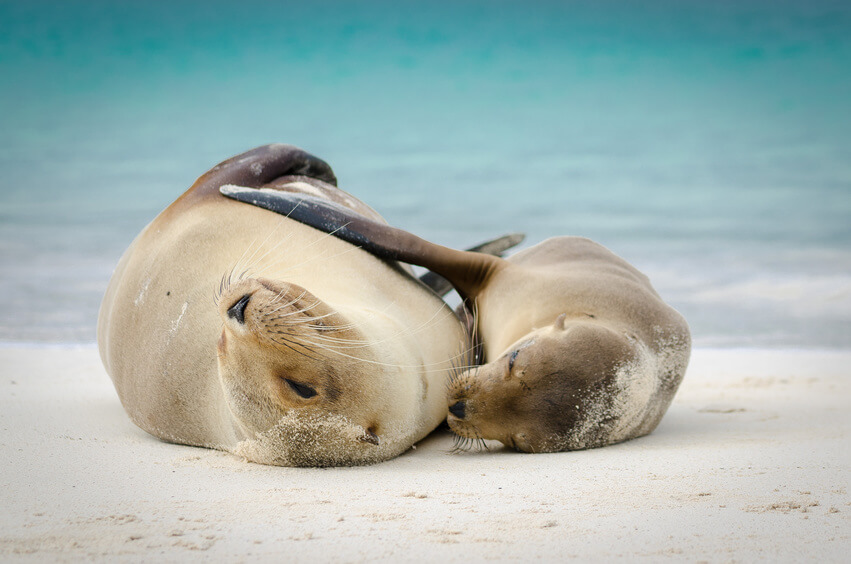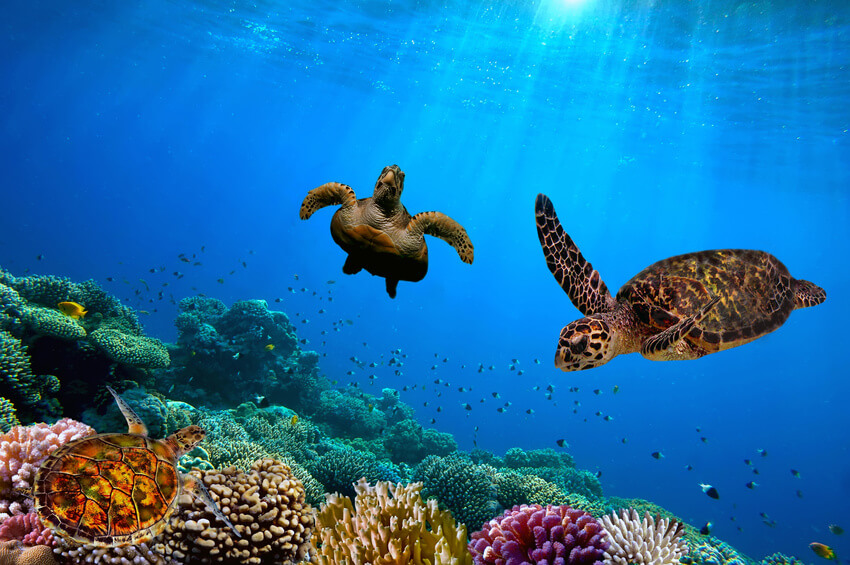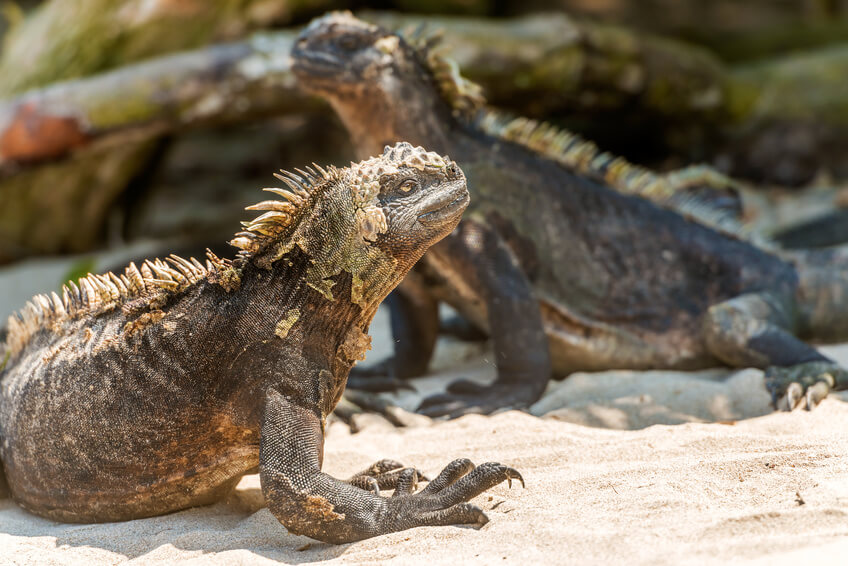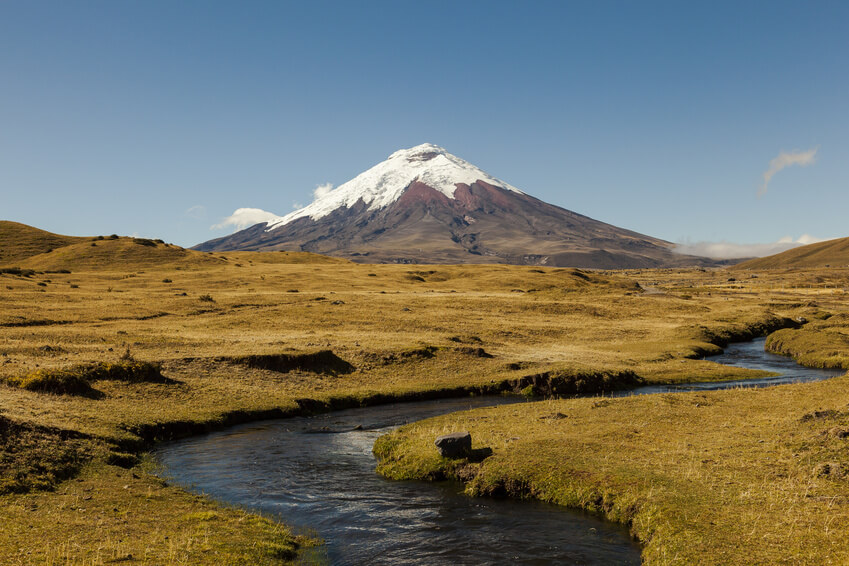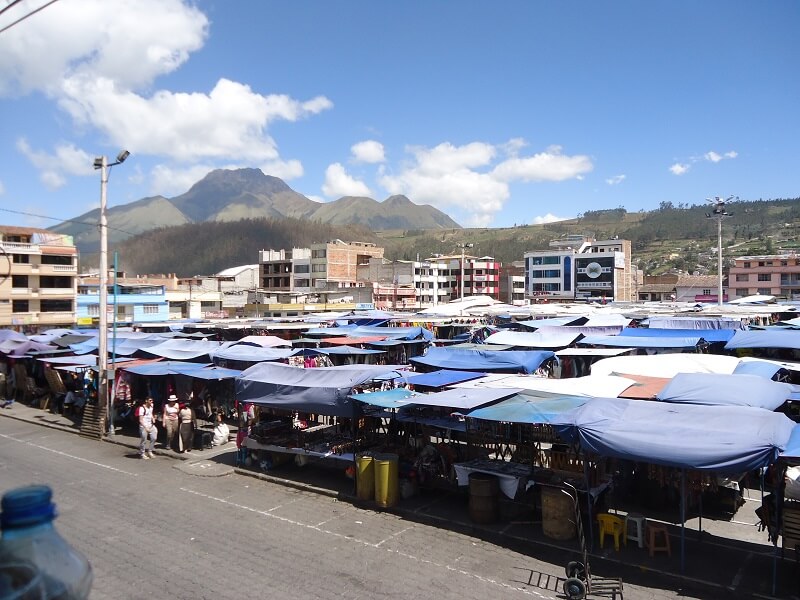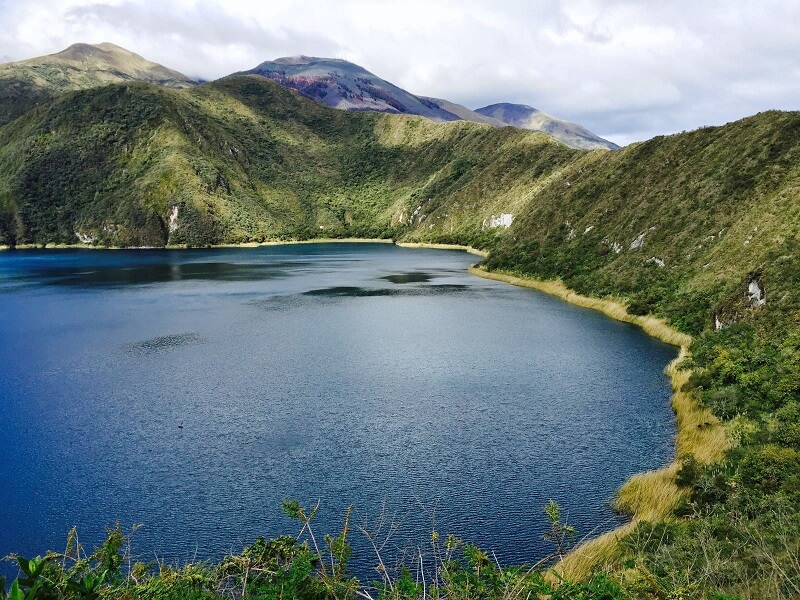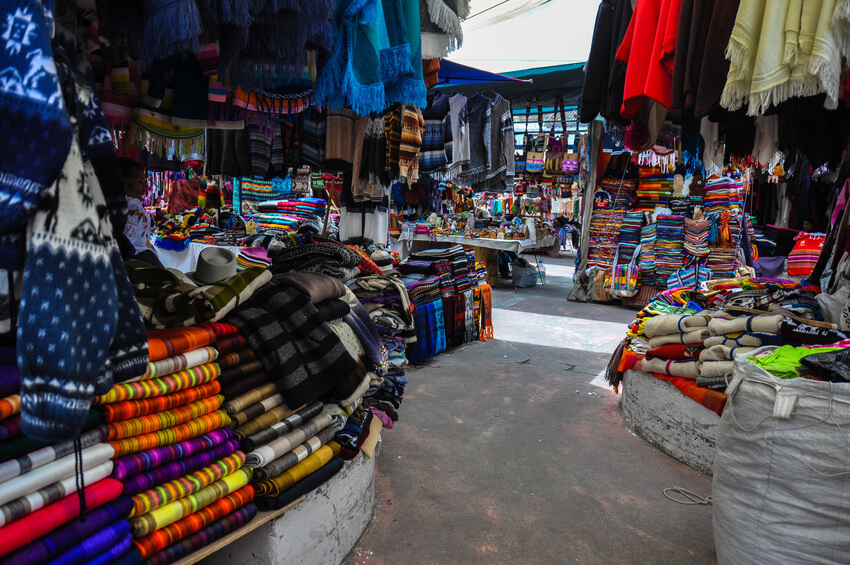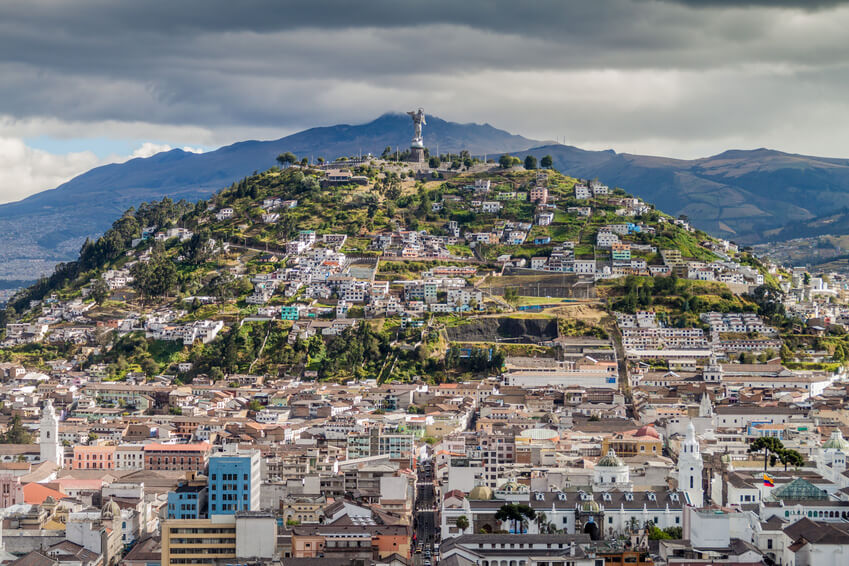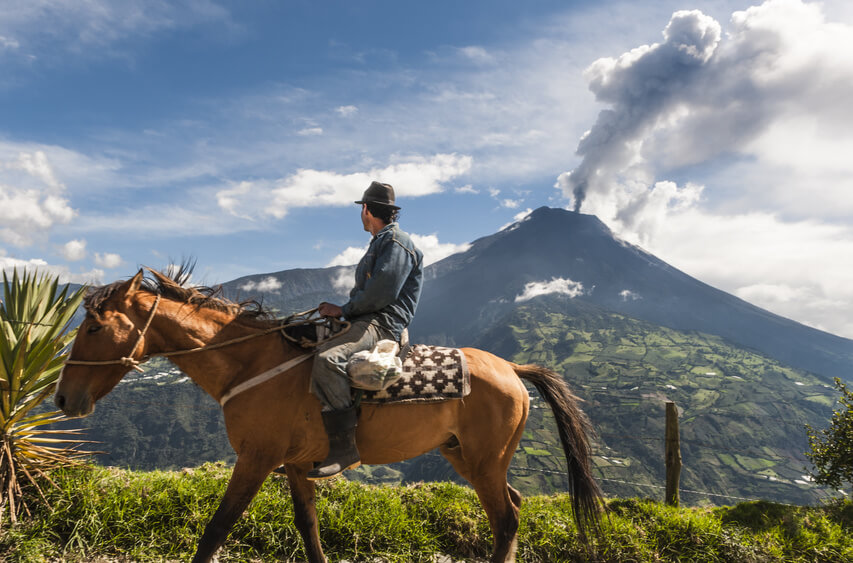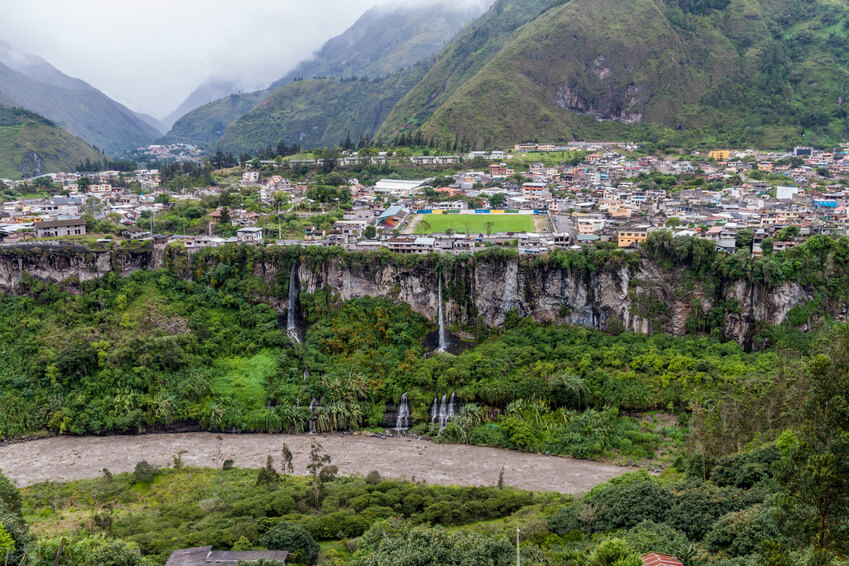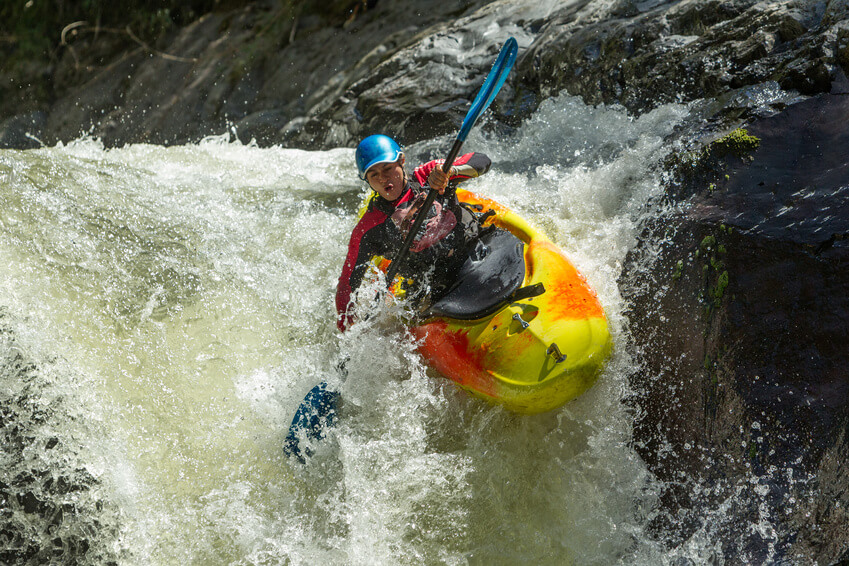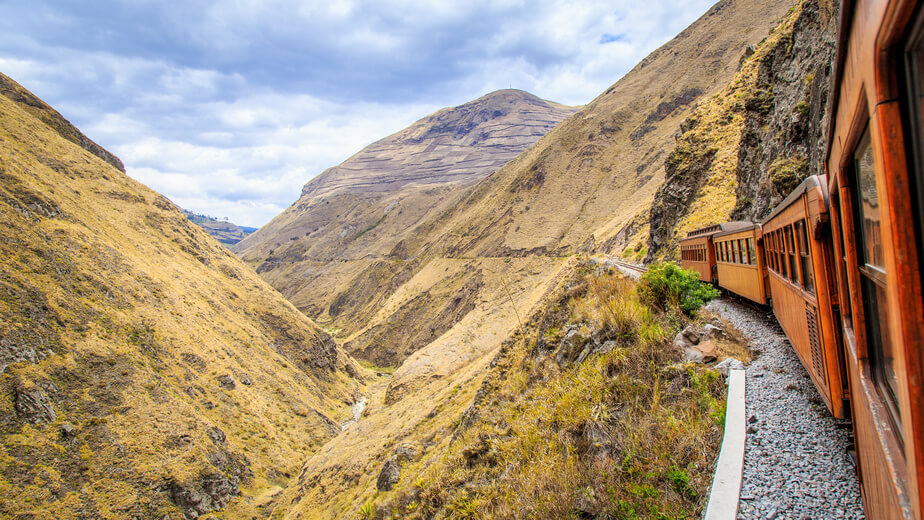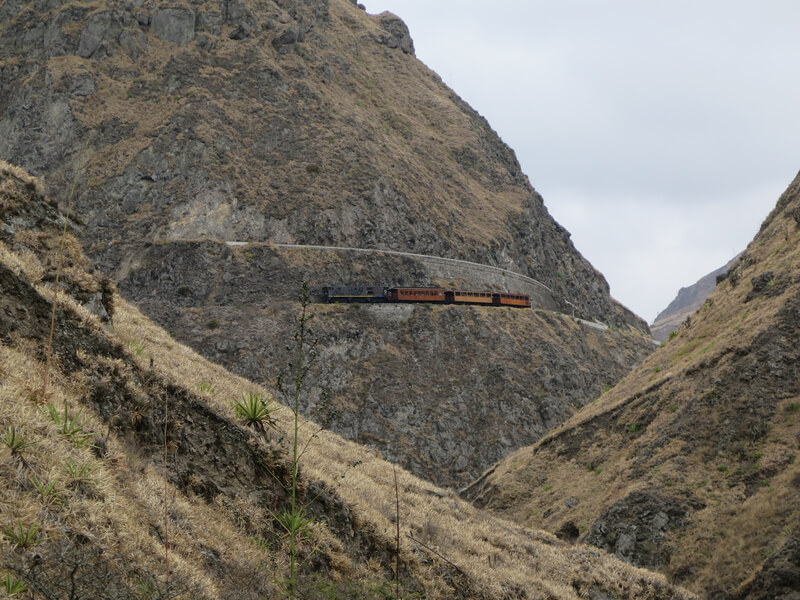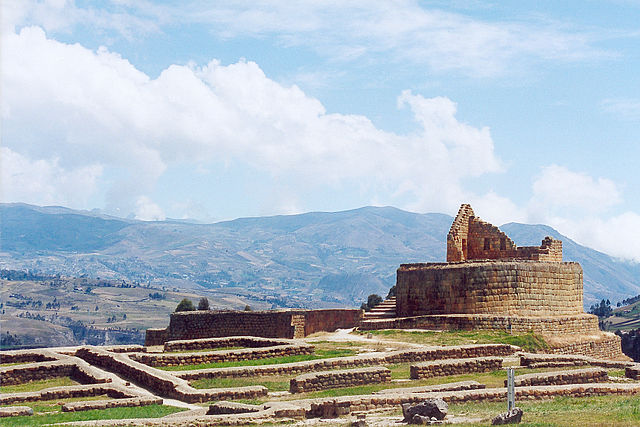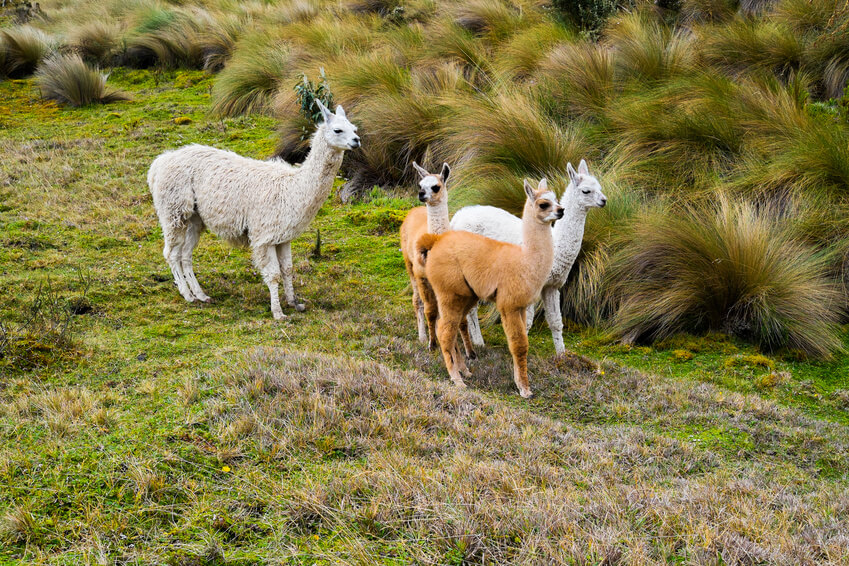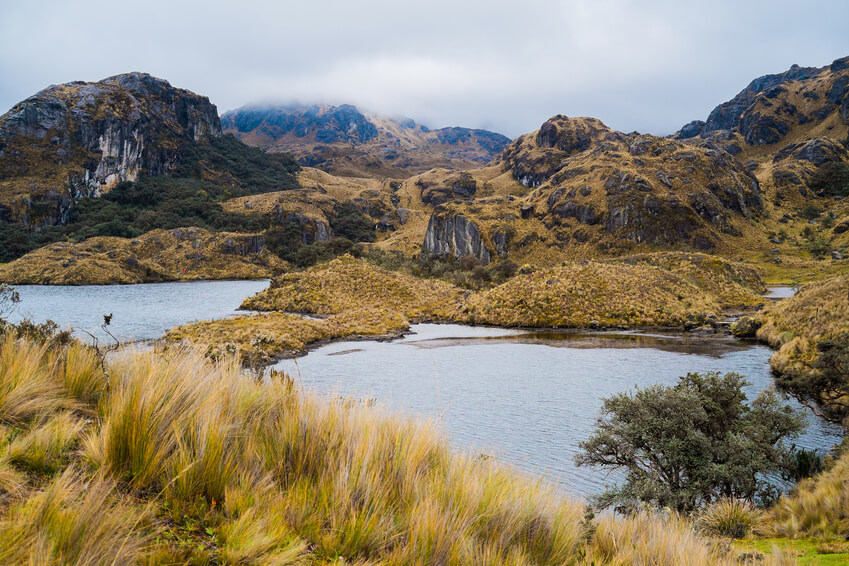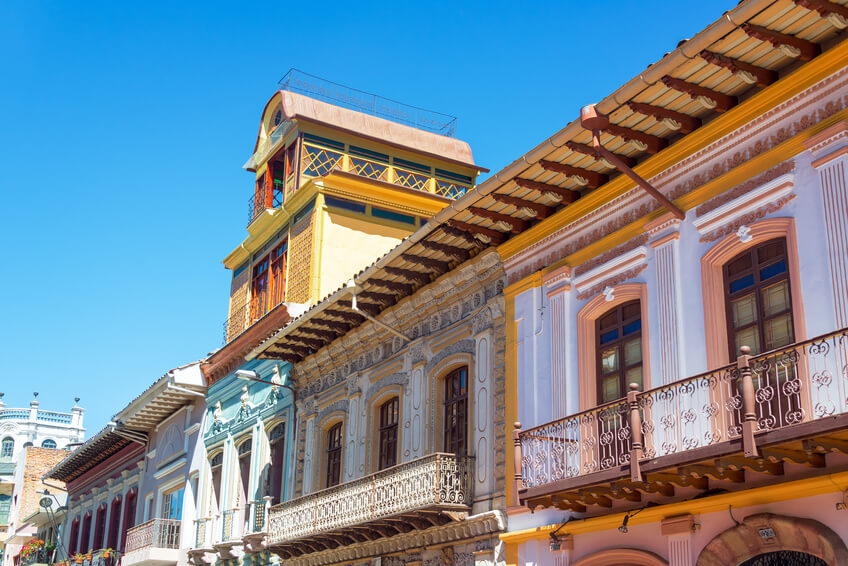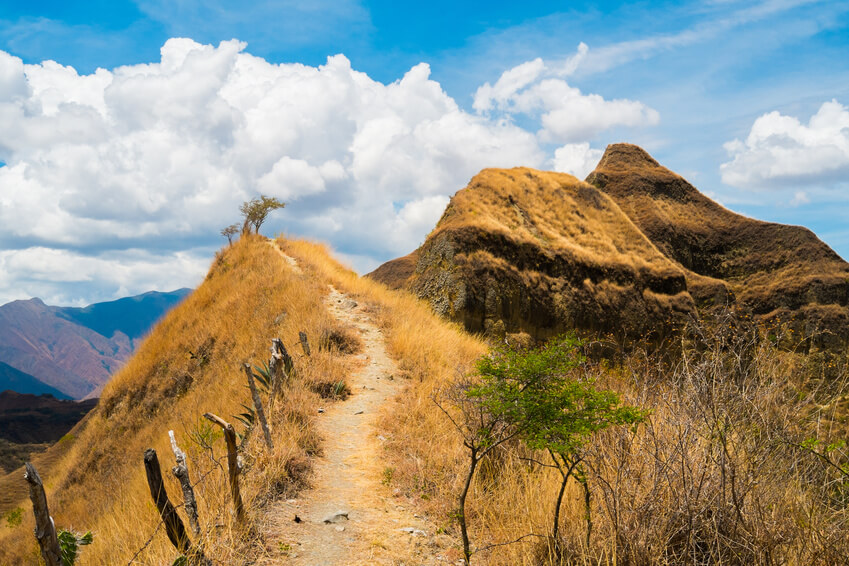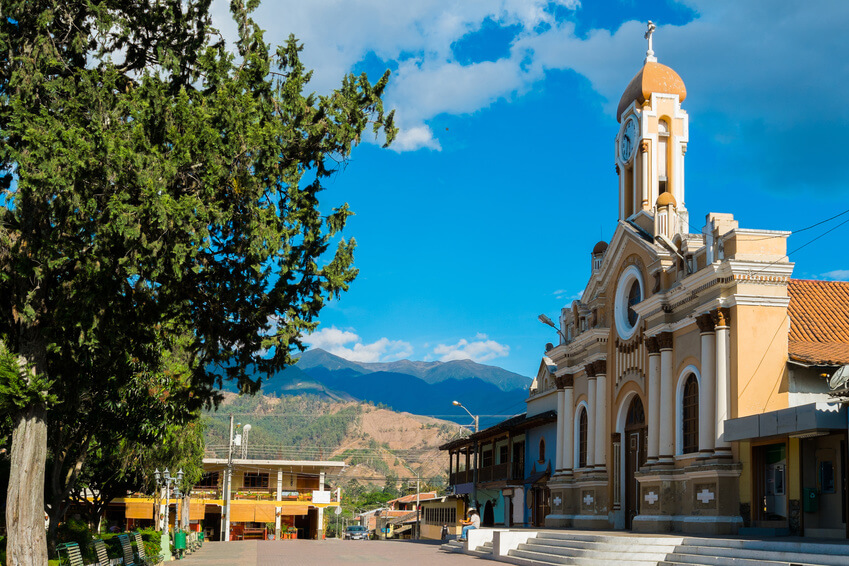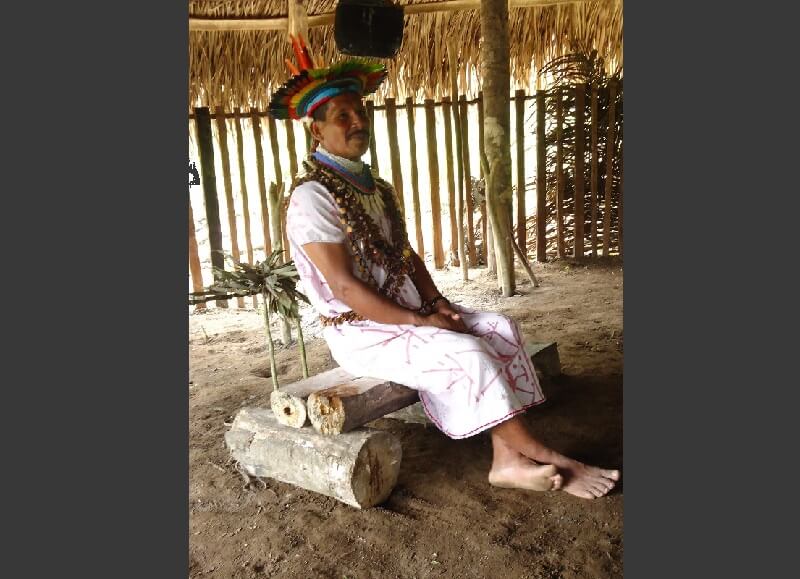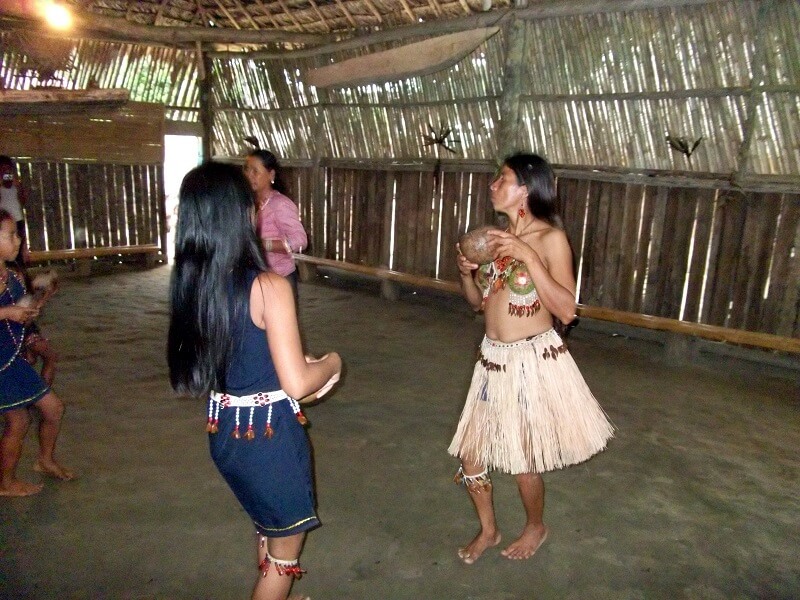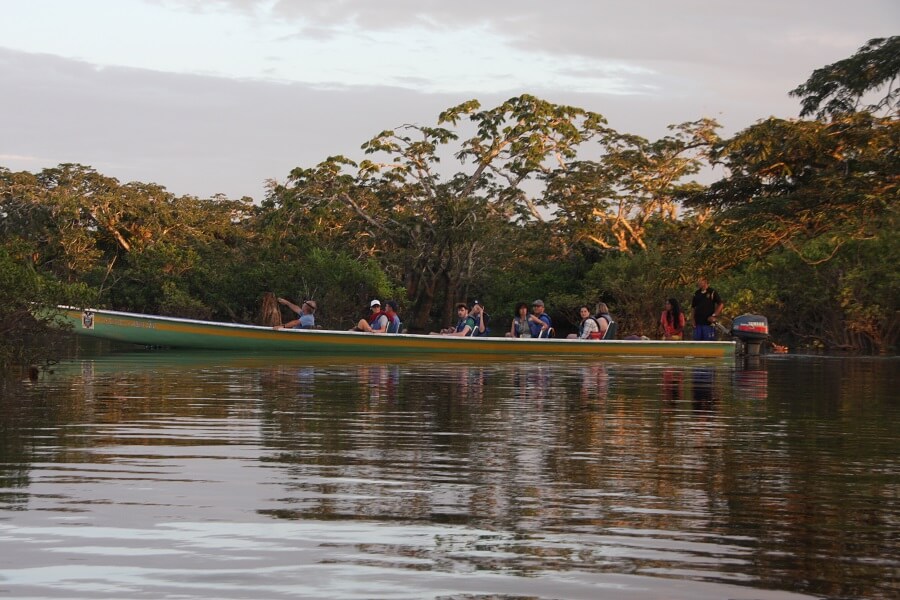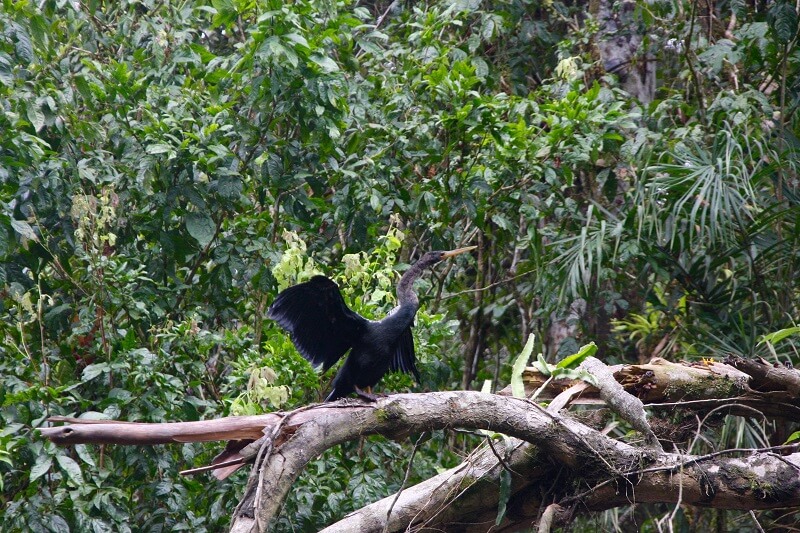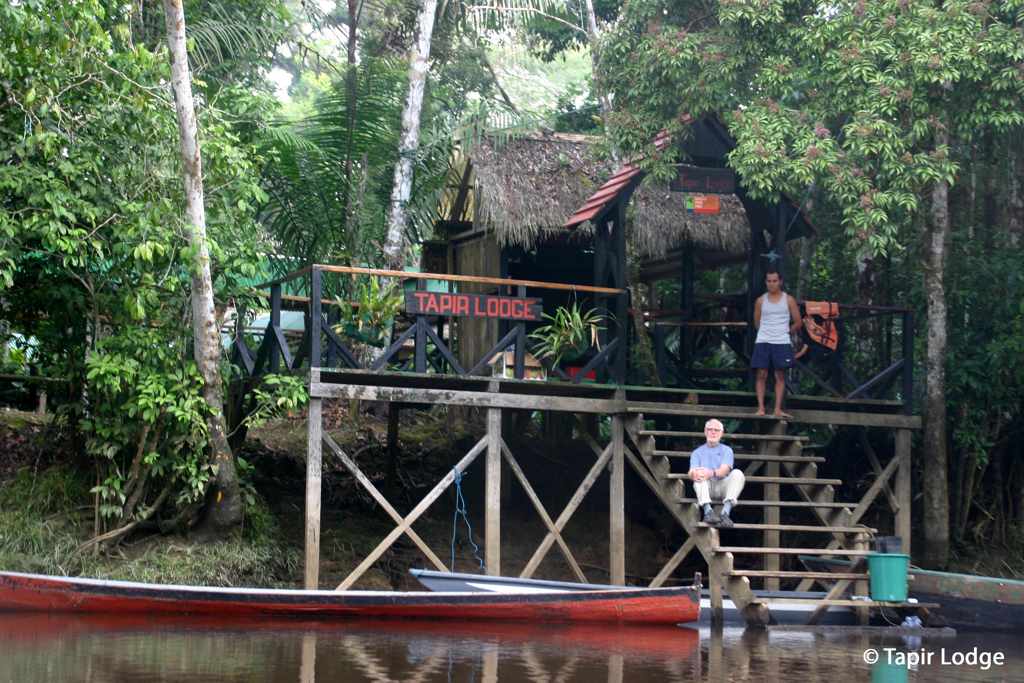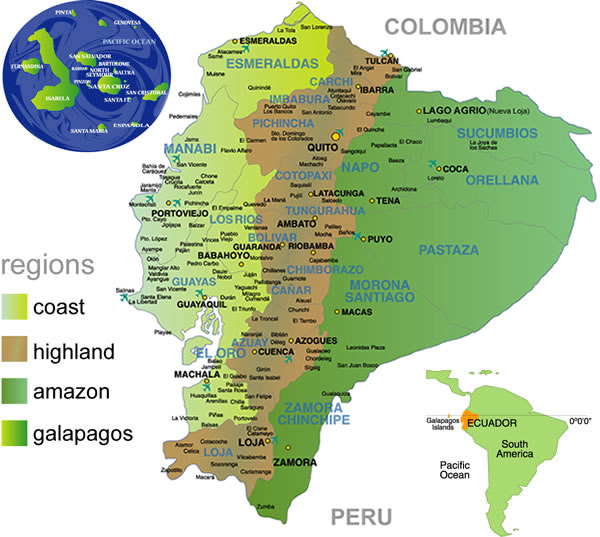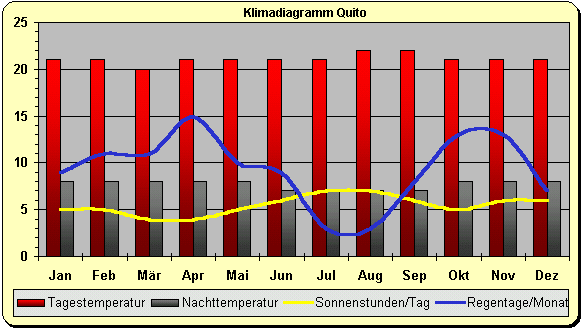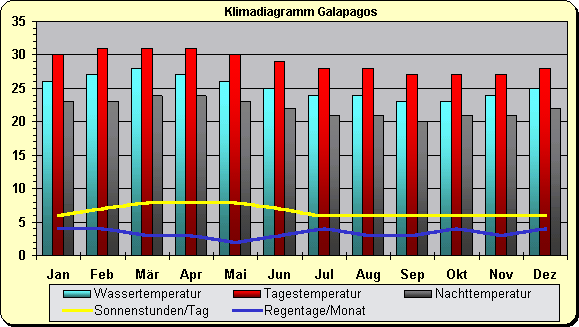Regional activities & excursions
Tips for your travel through Ecuador
What the country at the equator has to offer
An undisputable highlight are the unique islands around 1000km west of Ecuador. The archipelago comprises of 13 bigger, 6 medium and more than 100 small and tiny islands. Only five of them are inhabited by humans.
The unique flora and fauna of the island – above and underwater – are part of the UNESCO world heritage. It is due to its strict nature conservation that the fragile eco system could be preserved in its original state.
In the sea, the nutritious Humboldt-Strom that attracts several marine animals from June to September and is responsible for the immense biodiversity. Most land animals can only be found on Galápagos alone and nowhere else in the world.
Some of the most famous animals on Galápagos include:
- Giant tortoises
- Land iguanas
- See lions
- Penguins
- Blue-footed Boobies
- Albatrosses
- Frigate birds
- Swallow-tailed gulls
- Flamingos
- Dolphins
- Whales
Visitors of the Galápagos islands can stay on a yacht or in a hotel room on one of the islands.
The breathtaking nature can be enjoyed and explored in several different ways: Many areas are great for bathing, snorkelling and diving. Even shark diving is offered.
The landscape above water can be best enjoyed by foot. There are also some cycle tracks. The main rule is: Stay on the tracks and do not disturb the animals, even though might do not seem very shy.
Otavalo
The Indio city should not be left out during a trip through the Ecuadorian Andes. Especially the colourful market and the residents in their typical traditional clothing let you pause for a moment. The city exudes a calmness that is truly contagious.
There are three volcanoes surrounding the city. The impressive nature is best enjoyed during hiking and trekking trips. There are also several opportunities for trips to the neighbouring cities and the surrounding area to get an insight into indigenous culture and craftsmanship.
Otavalo
The Indio city should not be left out during a trip through the Ecuadorian Andes. Especially the colourful market and the residents in their typical traditional clothing let you pause for a moment. The city exudes a calmness that is truly contagious.
There are three volcanoes surrounding the city. The impressive nature is best enjoyed during hiking and trekking trips. There are also several opportunities for trips to the neighbouring cities and the surrounding area to get an insight into indigenous culture and craftsmanship.
Quito
The capital of Ecuadors (2’850 müM) is located 20 km south of the equator in a basin between two mountain chains of the Andes that are winding through the whole of South America from north to south as “Alley of Volcanoes”.
A panorama view of the mountains and volcanoes illustrates the impressive location of the city. The colonial old town and the magnificent churches are worth a visit. Here too, you can observe the hustle and bustle of its mostly indigenous residents in the colourful markets.
Baños
The city of spas at the foot of the Tungurahua volcano is the gateway to the rainforest. The climate is comfortably warm the whole year round with a daily maximum temperature of 25°C. Besides, few other tourist destinations offer more opportunities for extreme or less extreme activities:
- Canyoning
- River rafting
- Biking
- Nature & wilderness tours
- Riding
- Ziplining
- Parachute sailing & paragliding
- Day trips into the jungle
Baños
The city of spas at the foot of the Tungurahua volcano is the gateway to the rainforest. The climate is comfortably warm the whole year round with a daily maximum temperature of 25°C. Besides, few other tourist destinations offer more opportunities for extreme or less extreme activities:
- Canyoning
- River rafting
- Biking
- Nature & wilderness tours
- Riding
- Ziplining
- Parachute sailing & paragliding
- Day trips into the jungle
The Cotopaxi Nature Reserve
The Cotopaxi nature reserve is located about 50 km south of Quito. With its altitude of 5’897 meters, Cotopaxi is the second tallest mountain in Ecuador, as well as one of the tallest, amongst active volcanoes. It is a known haven for hikers and mountaineers.
The Riobamba – Alausi – Ingapirca train rides
The old railway passes through the beautiful landscape of the high Andes in Riobamba, then through Alausi and Incapirca. In the main time, the train drives past a spectacular rocky formation known as “Nariz del Diablo” (Devil’s nose); a rock which has earned its name from its appearance.
Riobamba is found at the center of the country, at an altitude of 2’750 meters, on the high Andean basins and it is a significant agricultural region: As the most flower-loving Andean town in Ecuador, roses are cultivated here.
The Riobamba – Alausi – Ingapirca train rides
The old railway passes through the beautiful landscape of the high Andes in Riobamba, then through Alausi and Incapirca. In the main time, the train drives past a spectacular rocky formation known as “Nariz del Diablo” (Devil’s nose); a rock which has earned its name from its appearance.
Riobamba is found at the center of the country, at an altitude of 2’750 meters, on the high Andean basins and it is a significant agricultural region: As the most flower-loving Andean town in Ecuador, roses are cultivated here.
This town is an ideal starting point for mountain hikes and other mountain expeditions to the surrounding volcanoes, such as the Chimborazo. This inactive volcano with its summit of 6’310 meter surpasses all the surrounding mountains. The tallest mountain in Ecuador is clearly seen during the winter months, even from the coastal town of Guayaquil.
The ruins of Ingapirca were once a fortress and the Kañari Sanctuary, and it is the most important pre-Columbian archaeological site in Ecuador.
The Cuenca an Cajas National Park
This town is an ideal starting point for mountain hikes and other mountain expeditions to the surrounding volcanoes, such as the Chimborazo. This inactive volcano with its summit of 6’310 meter surpasses all the surrounding mountains. The tallest mountain in Ecuador is clearly seen during the winter months, even from the coastal town of Guayaquil.
The ruins of Ingapirca were once a fortress and the Kañari Sanctuary, and it is the most important pre-Columbian archaeological site in Ecuador.
Vilcabamba
The village of the “long-living people”, in the Valley of “eternal youth” is found at the Southern part of Ecuador, in the province of Loja.
Here, you will still find many working people who are “over a hundred years old”. It is not a comfortable live or sumptuous meals, which enable them to live this long – rather the reverse is the case. The extremely mild climates at the altitude of 1600 meters, the spicy air as well as the clean waters are the essential factors that contribute to this long live. An exceptionally diverse flora and fauna are represented here.
Vilcabamba
The village of the “long-living people”, in the Valley of “eternal youth” is found at the Southern part of Ecuador, in the province of Loja.
Here, you will still find many working people who are “over a hundred years old”. It is not a comfortable live or sumptuous meals, which enable them to live this long – rather the reverse is the case. The extremely mild climates at the altitude of 1600 meters, the spicy air as well as the clean waters are the essential factors that contribute to this long live. An exceptionally diverse flora and fauna are represented here.
The Andes forested foothills, as well as the level plains of the Amazon are part of the hot and humid tropical Oriente. The Amazon itself does not flow through Ecuadorian territory, but all the rivers in the Oriente are its tributaries.
Only 30 years ago, the rain forest was very inaccessible. Today, due to rapid development, there are roads, airports, large-scale monocultures and of course the petroleum extraction. With this new development, the population is also growing. Today, more than 500’000 people live in the Amazonia.
The Cuyabeno National Park
In the National Park, indigenous peoples and animals are living protected from external influences. Several indigenous communities are living in harmony with nature. In Cuyabeno, there is the wide variety of flora and fauna of the Ecuadorian rainforests: More than 100 mammals such as tapirs, pumas, jaguars, ocelots, capybaras, as well as more than 560 species of apes. There is also a great diversity of birds with more than 560 species and fish with more than 350 species. In the waters, there are caymans, anacondas, boas, water turtles, manatees and river dolphins.
For a stay in the Ecuadorian rainforest, we recommend the Tapir Lodge.
Spend a few days there to experience unforgettable excursions – You will love the rainforest.
Best travel time regarding the climate zones
As the name suggests, Ecuador is located directly at the equator which is why the climate is stabile the whole year around and there are no major temperature fluctuations.
Even more surprising are the fluctuations within the country itself: Three different regions divide Ecuador in coast (Costa), highland (Sierra) and rainforest (Oriente). Not to forget the Galapagos Islands that are a part of Ecuador as well.
-
Best travel time: The whole year around
Coastal Region (Costa)
The monsoon climate of the coastal region has an average climate of 25°C. It is at its warmest from January to May and during midday, the sun is positioned vertically on the sky. From June to September, the air is a little cooler. This time of the year is perfect to watch humpback whales.
The official rainy season is from December to May but in fact, it is rainy the whole year around in the rain forest (1‘000 to 2‘000 mm of rainfall). “Dry seasons” are therefore nonexistent but there are times with “less rainfall”.
- Best travel time: May to December
Quelle Klimagrafiken: www.beste-reisezeit.org
Andes (Sierra)
The humid climate in the mountains is much cooler than the rest of the country. Depending on the altitude, temperatures are between 0°-18°C. It is not uncommon to live through all four seasons in a single day. Between June and September, it is mostly dry and warm with a clear sky.
Rainfall depends on the locations (2‘000 to 4‘000 mm per year).
The high mountain regions have an alpine tundra climate with 4°-8°C.
- Best travel time: June to September
Jungle (Oriente)
Oriente is the most humid region of Ecuador with tropical 25°C. In this part of the country, it never gets cold.
Between April and May, there is the most rainfall (3‘000 to 6‘000 mm per year). The driest months are August, as well as December to March. During this time, dwindling lagoons and impassable waterways are part of everyday life.
- Best travel time: September to December
Galápagos Islands
December to March are tropically warm at 27°C with possible rainfall. From June to December, it gets golder and temperatures drop to 15°-25°C.
From July to October, the sea is rough and too cold for bathing. Diving and snorkeling are done with a wetsuit during this time.
- Best travel time for bathing: January to June
- Best travel time for diving: June to September
